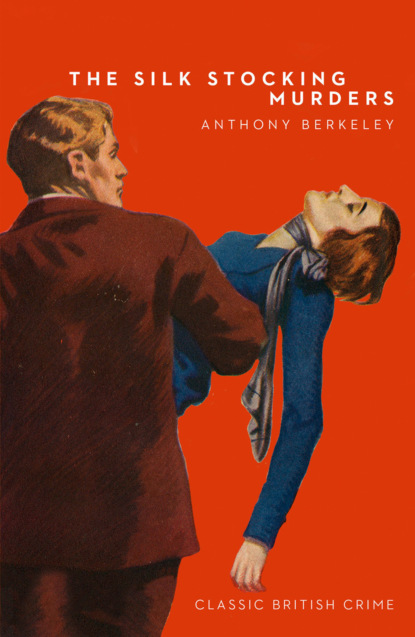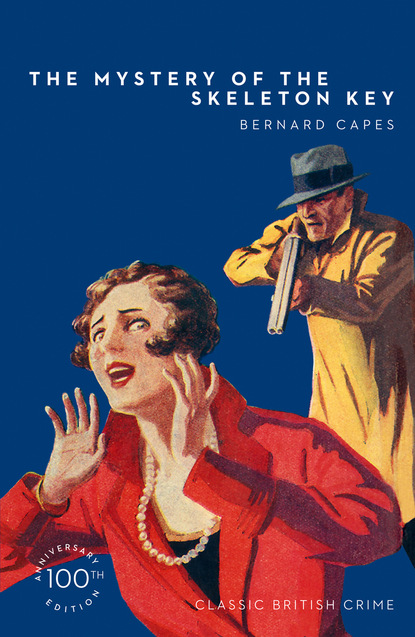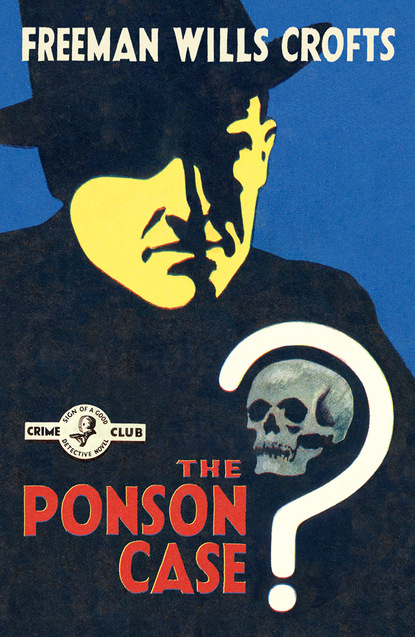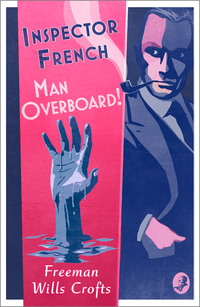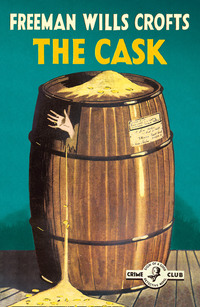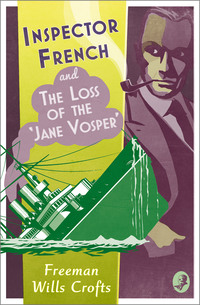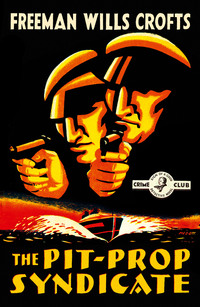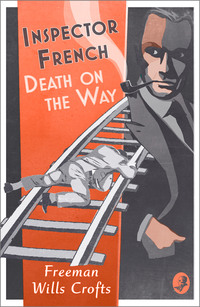
Полная версия
The Groote Park Murder
Vandam recollected that the medical evidence was not inconsistent with such a supposition. Dr Bakker had examined the body between seven and eight on the Thursday morning, and had given it as his opinion that death had taken place about ten hours previously. The Inspector was aware that such testimony was not conclusive, but so far as it went, it supported the idea.
That evening, when he had finished his day’s work and was sitting smoking in his most comfortable armchair, Vandam’s thoughts returned to the case. What, he wondered, had taken place in that terrible shed in the Groote Park? What was the sequence of events which had led up to the tragedy? Was Swayne really the murderer? Had his quarrel with Smith been about the pretty barmaid, Jane Louden? Though at the moment he could not reply to these questions, he swore to himself that it would not be long before he learned their answers.
Presently he began to consider details. How had the victim been lured to his doom? By an anonymous letter? Or by one forged in Miss Louden’s handwriting? Vandam’s experience suggested something of the kind.
He tried to picture the happening at the shed, Smith’s arrival, his feeling his way in through the enshrouding darkness of the night, perhaps his whispered ‘Are you there?’ the dull thud of the sandbag on the unsuspecting head, the collapse of that powerful frame into a shapeless heap …
Vandam, reconstructing the scene, saw suddenly the significance of the sweeping of the floor and of the newspapers. Smith could not be allowed to fall on the earthy floor. Still less could Swayne roll the body over as he searched the pockets for the document which in all probability had been used to lure the victim to his doom. Why not? Simply because the clothes would be stained by earth, stained a different colour from the railway ballast, and would therefore afford a clue to the sharp-eyed detective who would be called in if any suspicion about the ‘accident’ arose. To lay newspapers on the floor would be an obvious precaution. But newspapers, covering an area on which was spread little heaps of earth and small stones, would tear when pressure came on them. Therefore the heaps of earth and the stones must be removed. The floor must be swept. And when the work of the newspapers was done, when the clothes had been searched and the document removed, and the body dragged down to where the accident was to be staged, these marks left in the shed must be removed. The papers must vanish. And how could this be done more efficiently than by burning? Vandam saw that Swayne would have to burn them. And he would have to throw back the earth over the floor so as to remove the signs of the sweeping.
Smoking feverishly, Vandam believed he could picture the whole scene: Swayne crouching, sandbag in hand and with murder in his heart, behind the door of the shed; Smith, possibly suspecting a trap, but still forced to go on, groping his way cautiously to the place; his sudden instinctive realisation of danger; the dull thud of the sandbag; the limp form falling; the dragging of it in so that the door might be shut and a light used; the search for a possible incriminating document; the extinction of the light, and the terrible, staggering journey with the corpse from that awful shed, across the wall and down on to the railway below. Vandam seemed to see it all; the dragging of the body into the tunnel; the leaving it across the rails; the return to the shed; the burning of the papers and the scattering of the earth; the stealthy crossing of the railway; the hiding of the sandbag cover and the hammer. The hammer! Vandam was brought up sharp in his imaginings. The hammer did not fit in. What had the hammer been used for?
Here was a problem on which at first light seemed unattainable. The Inspector rose to his feet and began silently pacing the room. For twenty minutes he strode up and down, his head bent forward, his lips moving as he put his thoughts into words, and then at last the sought for idea flashed into his mind. Was the hammer not a precautionary measure? Had it not been brought to the site, and used, because there was an element of doubt about the efficacy of the sandbag? A sandbag left no marks. How was Swayne, a layman without medical knowledge, in the imperfect light of the shed and in his hurry and excitement, to be quite sure that the sandbag had done its work? He must run no risk of his victim being merely stunned. He must be certain that there would be no revival in that body before the train came.
The more Vandam thought over it, the better his theory seemed to work in. He now saw why the sandbag had been used in the first instance. There must be no blood in the shed. And blood must not stain the murderer’s clothes as he dragged the body to the railway. But the railway once reached, he could complete his ghastly work. Blood on the line did not matter; it would be expected.
As Vandam thought over his theory, he felt distinctly pleased with himself. Starting from nothing, he had evolved a complete conception of what might have occurred, from the original motive almost down to the last detail. Of such an achievement he might be justly proud.
But he was under no illusions on the matter. He fully recognised that his idea was a mere guess, and he quite saw that some new fact might upset the whole of it and leave him as far from a solution as ever. However, his theory was at least something to go on, and he decided that his next step must be to test it. On the following day he would continue the tracing of Swayne’s movements on the fatal Wednesday night between the hours of 8.10 and 11.
Конец ознакомительного фрагмента.
Текст предоставлен ООО «ЛитРес».
Прочитайте эту книгу целиком, купив полную легальную версию на ЛитРес.
Безопасно оплатить книгу можно банковской картой Visa, MasterCard, Maestro, со счета мобильного телефона, с платежного терминала, в салоне МТС или Связной, через PayPal, WebMoney, Яндекс.Деньги, QIWI Кошелек, бонусными картами или другим удобным Вам способом.




